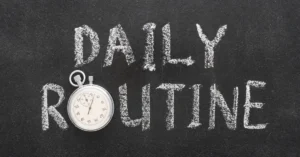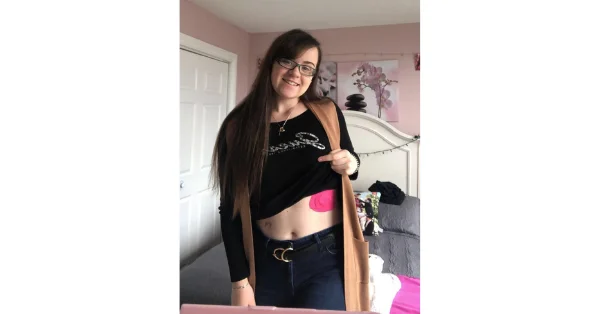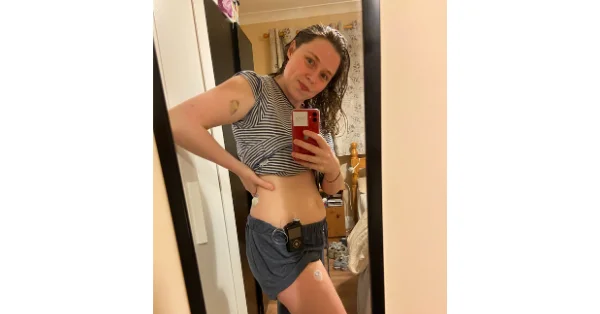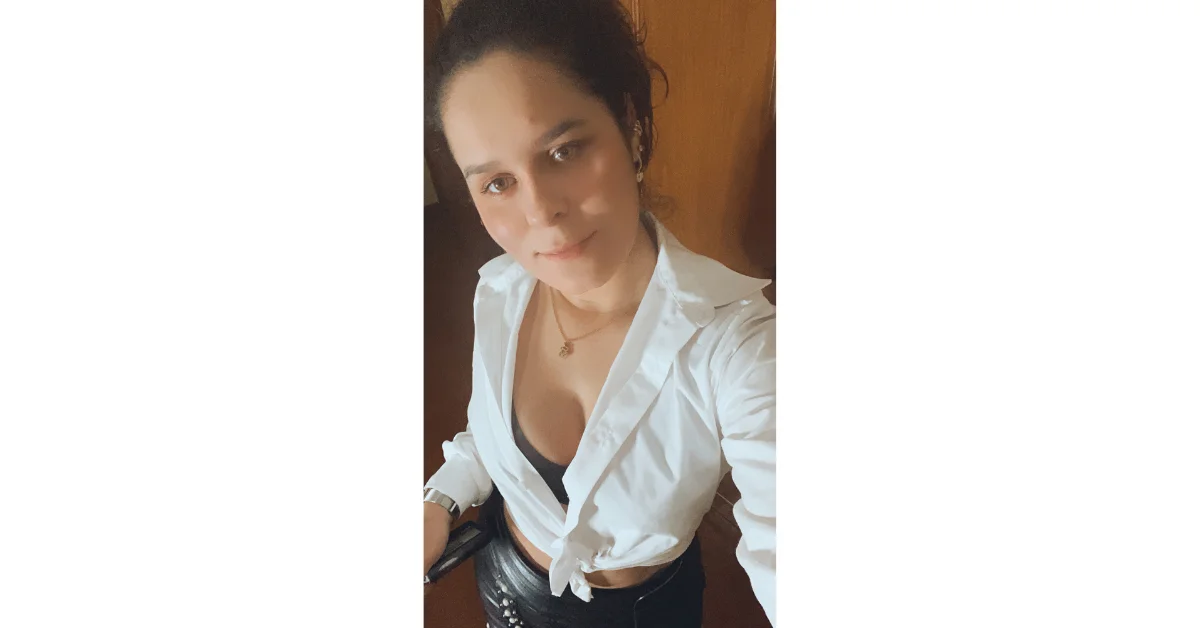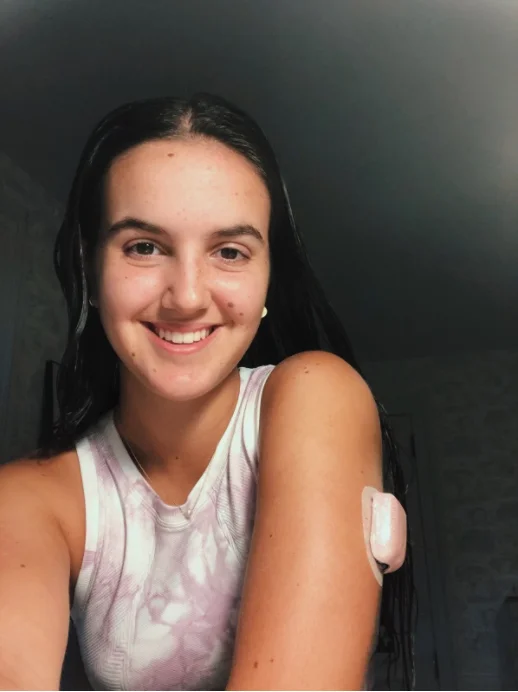On November 25th, 2000 I was diagnosed with Type-1 Diabetes. This diagnosis changed my entire life. I had to learn how to manage the condition. I had to learn how and when to give myself insulin injections, check my blood sugar, count carbs, and eat when I needed to. It was a learning experience for me. After I was released from the hospital, I stayed out of school for an additional week to get adjusted to my new normal. For the most part, everything went well. Going back to school the following week was a different story.
I was in my sophomore year of high school and my mom decided we need to meet with my teachers to discuss how to manage my diabetes while I was in school. The day we met, the principal was unavailable, but we had facilitators in our school that worked hand in hand with him. She assured me she would pass along the information to him. During our meeting, we discussed when I needed to check my blood sugar, signs of hyper and hypoglycemia, and mealtimes. Because my meal times weren’t the same as the other students, I had to eat in class. I had to eat at least 3 times a day during my classes. This was incredibly challenging. I didn’t look like I was dealing with a chronic condition. I was nervous about managing my condition like this. I was expecting my classmates to ask how I got preferential treatment to eat full meals in class when they got in trouble for chewing gum? I had to explain to them what Type-1 Diabetes was and what it meant for me. Once that happened, my classmates and teachers were understanding. My high school principal was a different story.
One day, I had forgotten to pack a bottle of Crystal Light and a bag of chips in my lunch. I couldn’t eat until 1 that afternoon and our cafeterias opened at 1030am. Our lunchtime didn’t end until 11 am so I had time to get what I needed. I was walking through the hallway with the items I had purchased. The principal took the items out of my hand and threw them in the trash. I was beside myself. Had he attended the meeting, surely this wouldn’t have happened. I went to the Facilitator and told her what happened. I could feel my blood sugar dropping and couldn’t prolong eating anymore. Three bites into my apple, the Facilitator called me into her office. She gave me $2 and told me the principal said he was sorry. He had forgotten that I had been recently diagnosed. I was fuming inside. He may have forgotten the information that was relayed to him. Or maybe he didn’t think I had a condition because I looked like every other student?
I started noticing something once I got into college. During my sophomore year, I began working out. I had been tall and thin much of my life. In my last year of high school, I was 6’4 and 172lbs. I decided I needed to add some size. In order to add muscle, I had to manage my blood sugar better and get my A1c as close to normal as possible. This coupled with a solid workout and nutrition plan, I watched as I was able to add weight and muscle on to my frame. Within 2 years, I had gone from 172lbs to 225lbs. I looked good and felt great.
One constant that I would hear repeatedly was when I told someone I was a Type-1 Diabetic they would say “You don’t look like it.” The same thing was said when I was having a hypoglycemic episode boarding a flight from New Orleans a couple of years ago. Because people with disabilities get to board planes first, people were irate that a man who looks perfectly healthy got to board first.
The million-dollar question that we should ask is what does diabetes look like? Is it assumed that all diabetics are obese? Are all diabetics out of shape, missing fingers and toes? Do they all have greasy skin? To answer the question, diabetics are a little bit of everything. Not all of us look sickly. There are some that look like they are wrestling with the complications from this disease. There are some of us who are obese. Then there are some of us who are healthy. Some of us are in shape. We have long, flowing hair. We have healthy smiles that don’t say a thing about our condition. We have hearty laughs that conceal the battles with hyperglycemic episodes that may have kept us up for hours the night before. We share a look of determination to get projects and goals accomplished regardless of how we may feel. In short, diabetes looks just like anyone else. The only difference is you wouldn’t know we have diabetes if we didn’t tell you. Normalize healthy diabetics and stop assuming that all diabetics look sick, are obese, or gravely-ill.

Marcus LaCour
I am from Cincinnati, Ohio. I am a Sr. Specialist in the Talent Acquisition department for Cincinnati Children’s Hospital. I’m married and have been married for 8 years. You can watch my wedding redo on “Say I Do” now streaming on Netflix!






